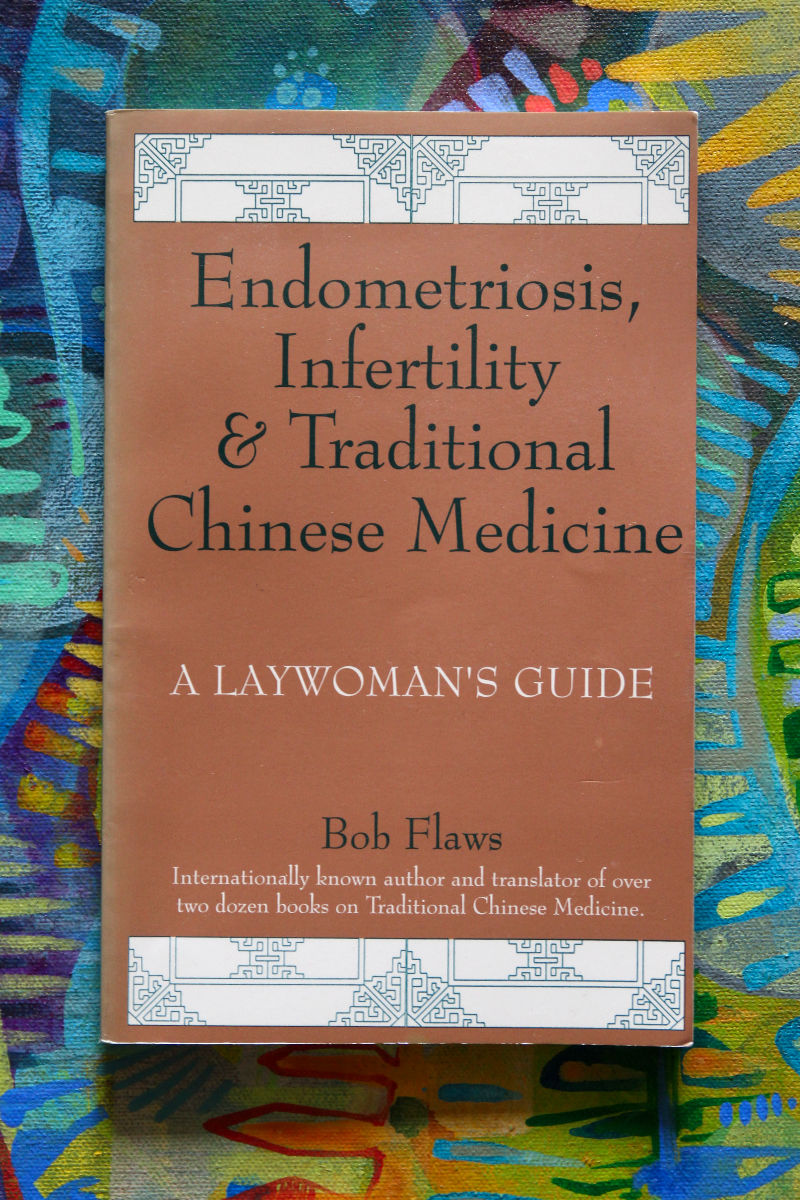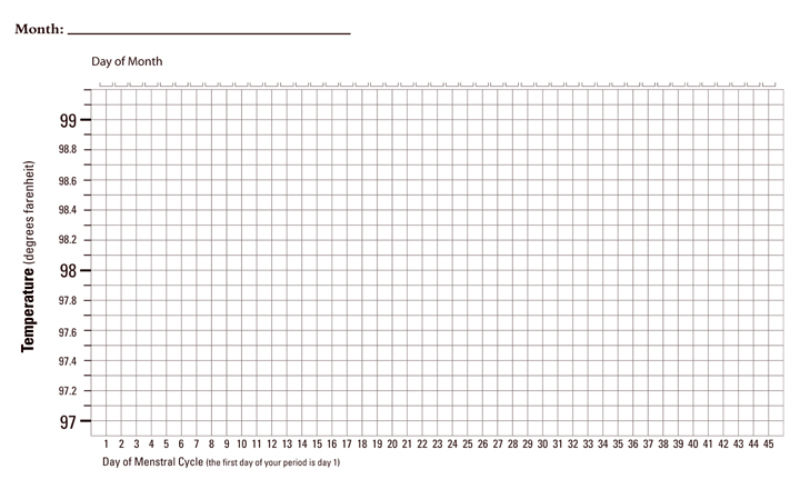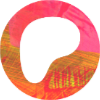Blog / 2013 / Treating Endometriosis: Diet and Chinese Medicine
March 20, 2013
In honor of Endometriosis Awareness Month, I’ve decided to share about my healing journey in some detail. I remember searching for such stories after I was first diagnosed. It didn’t matter that every woman’s path with the disease was so different: I was desperate for any hints. Hopefully, my account will help other women make the right choices for themselves.
I had my first surgery to treat my endometriosis in September 2009, and by the spring of 2012 I was facing another. I had tried everything that I felt comfortable trying from the Western medicine repertoire, and I was still very sick. And, while I am grateful for Western medicine in the sense that laparoscopic surgery has saved my life, I am still disappointed with the options it gives me outside of such procedures.
This disillusionment with Western medicine’s take on endometriosis started early for me. By the beginning of 2010, just months after my diagnosis, I had decided to overhaul my diet. I quit meat because it tends to be a source of extra hormones and toxins, and I cut back on foods that cause inflammation, things like dairy and refined sugar. And I was pleased with the changes, but, putting them up against all the prescribed hormones I was ingesting, the new diet had a hard time helping me out. I mostly noticed the good it was doing when I strayed from it. For example, even today, when I consume too much dairy, my body sends me a clear message of pain to remind me that inflammation is something I have a certain amount of control over.
And that seems right to me. I feel like my body should be able to tell me what it needs, and, if only I could turn down the volume on the interference of the hormone-happy Western medicine treatments, maybe I’d be able to hear what my body was saying.
This was the mindset that led me to refuse pharmaceuticals in the months after my first surgery and I found myself very much in that place again as I was facing my second surgery. In fact, it inspired me to finally pick up Bob Flaws’ Endometriosis and Infertility and Traditional Chinese Medicine: A Laywoman’s Guide.

My partner had bought me the book back in 2010, but I hadn’t gotten around to reading it. Suddenly, I was ready.
The Chinese medicine understanding of the body and of illness is very different from the Western way—some of it sounds so strange to my Western ears that I have a hard time following the logic. That said, I am intrigued by the Chinese medicine notion of endometriosis as an expression of one or more imbalances in the body. I mean, when patients talk about their endo, the stories vary so widely that sometimes we really do seem to be talking about separate illnesses. Western medicine doesn’t have a good explanation for why that’s the case, but Chinese medicine does. Endometriosis isn’t one disease: it’s several problems that all result in similar reproductive issues.
As I read Flaws’ book, I began following the author’s recommendations for treatment surrounding food consumption. Specifically, I refrain from drinking a lot when eating so as to avoid diluting stomach juices. In practice, this means that I consume a large glass or two of water and then wait 45 minutes before eating food with a little bit of tea. After a meal, I wait two hours before eating or drinking anything else.
After my second surgery last summer, I started seeing a Chinese medicine practitioner. As with any kind medical provider, I think it’s crucial to find a good Chinese medicine doctor, and happily I lucked out with mine.
My new doctor agreed with my careful eating and drinking and had more suggestions for my diet—mostly with regards to eating more warm stuff and less raw foods for the moment. What’s more, she is the first medical provider to be interested in the charts I use to track my pain (shown in this article), something which impresses me mightily. It seems to me that this is how medicine should work, with the doctor joining the conversation between the person and her body in order to add expert advice.
In fact, my doctor has assigned me more charting homework in the form of recording my basal body temperature every morning.

The science nerd in me is thrilled by the graphs this generates since it’s one more way to listen to my body. I’m seeing patterns and beginning to understand what they mean!
Beyond the instructions about the diet and the tracking my body’s behavior, my doctor also treats me with acupuncture, which I enjoy, and herbs, which I do not. Chinese fertility herbs are famously bitter. In my online research about this, I’ve discovered that the doctors mostly seem to believe that the patient will come to appreciate the taste, but the patients remain resolutely grossed out.
My method for taking the herbs is to allow them to cool some before washing each gulp of medicine down with a sip of lemon juice mixed with a bit of water.
But, though I’m not a fan of the taste, I am stunned by the results that the herbs along with the rest of the treatment produce. To explain:
- After surgery #1 I felt great once I got past the initial recovery and before my chronic pain came back. But, when it did return after just one cycle, the pain stayed with me. Sure, it depended some on the treatments I was using, but it always impacted my quality of life greatly. Most months endometriosis affected me on 9 out of 10 days, and only rarely did it affect anything as low as 7 out of 10.
- After surgery #2 I was in a lot of pain, but that was to be expected since, with every operation, more scar tissue piles on in the pelvic cavity. I started seeing my Chinese medicine doctor just days after the surgery, and for a few cycles I continued to suffer without much improvement. That said, I kept with the acupuncture and herbs because I knew that restoring an imbalance in my body couldn't be done overnight. It had taken me seven years to get to this place health-wise (from my first symptoms until the second surgery): I was willing to devote some time to reversing the damage. And the commitment has paid off. In the last few months, the bad day to good day ratio hovers around half and half. Often, I feel as good as I did before I first noticed problems back in 2005 and the difficult days are not nearly as bad as they were.
At the beginning of February, my six month post-op ultrasound revealed a substantial shadow on my remaining ovary. It could be an endometrioma but it’s just as likely that it’s a kind of cyst that forms naturally when an egg is released. I’ll return for another ultrasound this summer.
In the meantime, I intend to enjoy every minute I’m not in pain, and that will be a task since there are so many of those minutes now!
For more information about treatments I’ve used, check out these articles:
- how I went from diagnosis to almost completely healed
- using the Pill
- using the Mirena Coil
- going gluten-free
- overhauling my whole approach to eating
- using physical therapy and squatting
- navigating the doctor’s ego
- figuring out the 6 questions you should ask your gynecologist
Maybe this post made you think of something you want to share with me? Or perhaps you have a question about my art? I’d love to hear from you!
To receive an email every time I publish a new article or video, sign up for my special mailing list.
If you enjoyed this post, Ko-fi allows you to donate. Every dollar you give is worth a bajillion to me!



